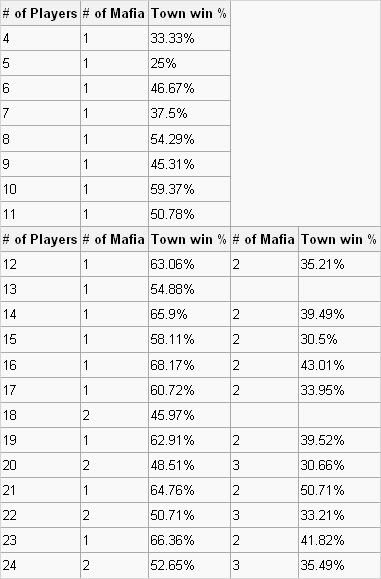Proud_Smash_N00b
Smash Ace
I have a problem involving impulse
A model rocket of mass 0.25 kg is launched vertically with an engine that is ignited at time t=0. The engine provides an impulse of 20 N*s by firing for 2 seconds
How do I find the magnitude for average acceleration using this information? Do I find the force and use F=ma, do I make Ft=mv then solve for v then use V=Vnot+at, or do I do something else?
A model rocket of mass 0.25 kg is launched vertically with an engine that is ignited at time t=0. The engine provides an impulse of 20 N*s by firing for 2 seconds
How do I find the magnitude for average acceleration using this information? Do I find the force and use F=ma, do I make Ft=mv then solve for v then use V=Vnot+at, or do I do something else?

 Probably the safest way to do a problem like this is to write out the definitions you know and then use them.
Probably the safest way to do a problem like this is to write out the definitions you know and then use them.